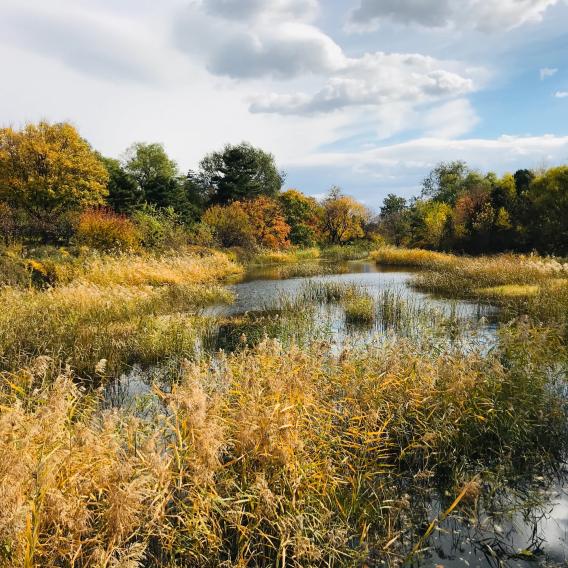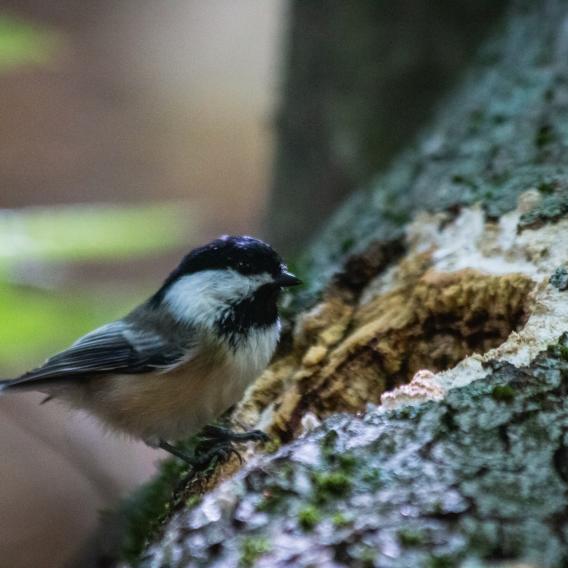One forest does not always equal another; old forests have unique features that young ones just can't measure up to. Old giant trees, open vistas and huge fallen deadwood all make old forests irreplaceable habitats for wildlife, including species at risk such as the endangered mainland moose. Since 2006, MTRI has managed several projects to research, conserve and promote old forests in Nova Scotia. Today, less than 1% of the province is old-growth, the gold standard of old forests, and many factors threaten them, but we are determined to continue our work and save our old forests.
Hemlock Woolly Adelgid is an invasive aphid-like insect that infects and kills hemlock trees. It was discovered in Nova Scotia in 2017 and has spread to 5 of the province’s western counties. Hemlocks are a very important tree species in our province and a substantial player in old growth forests. Our work at MTRI focuses on sharing information on this invasive with the public, working with government to monitor its spread and assist with Nova Scotia’s management plan.
Wetlands are exactly as they sound, wet land. They include many different types of ecosystems that have wet soil for some or all the year; they are incredibly important hotspots for many species of birds, bugs, mammals, fungi and lichen. Our work at MTRI focuses on forested wetlands, an ecosystem dominated with trees; often called a swamp. We lead the forested wetlands target for the Kespukwitk Conservation Collaborative and work with Nova Scotia Environment to improve the wetland of special significance.
Two thirds of our forests in Nova Scotia are privately owned and throughout our years of species at risk research we've listened to landowners about the need for support in managing private woodlands for biodiversity. We heard your thoughts and are developing a Biodiversity Assessment Tool to assess the special features and wildlife habitats on a woodlot. The assessment looks at a variety of ecological features such as tree species, tree ages and heights, forest dead wood and special habitats like wetlands, watercourses and old forests. All these features can go hand in hand with active forest management and our tool uses this information to recommend practices that ensures these special characteristics are maintained or improved.




